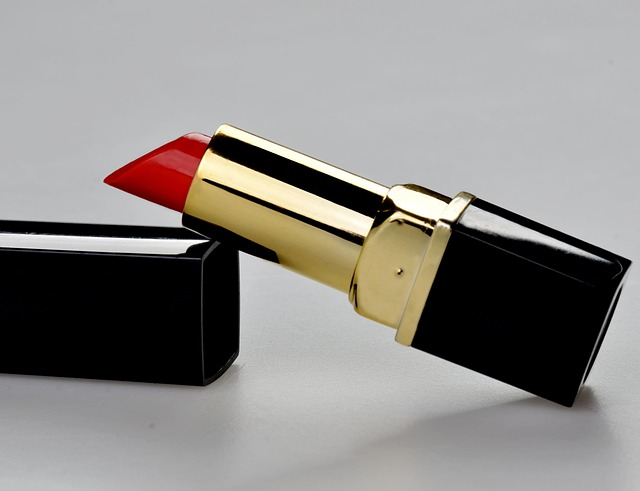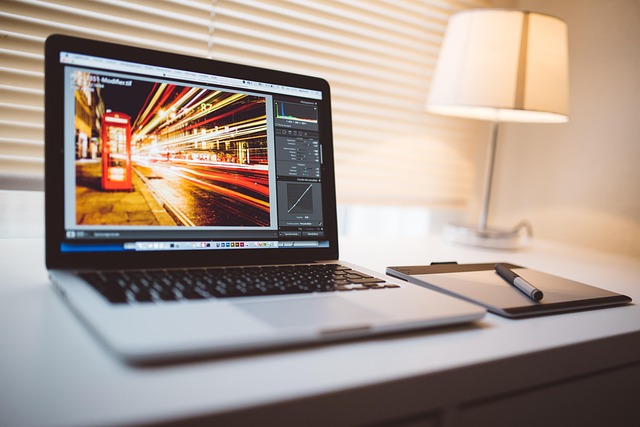Every photographer knows that lighting plays a pivotal role in how an image is perceived. Whether you’re a seasoned pro or a budding enthusiast, mastering composition goes hand in hand with understanding how to manipulate light. One of the most effective tools in your arsenal is the reflector. This simple yet powerful accessory can transform your photography, allowing you to create stunning visuals that resonate with emotion and clarity.
At its core, a reflector is designed to bounce light and fill in shadows, making it a perfect companion for any photography session. When photographing a subject, natural sunlight can be harsh, especially during the midday hours. This is where a reflector comes into play—it can soften the light, creating a more flattering and evenly distributed illumination. By angling your reflector correctly, you can guide light to illuminate the subject’s face without creating unflattering glare.
There are various types of reflectors available, but the most common materials used include white, silver, and gold. The white reflector offers a neutral bounce, perfect for creating a soft, diffused light effect. If you’re looking for a more dramatic punch, a silver reflector increases the intensity of the light and can be fantastic for highlighting details in your subject. On the other hand, gold reflectors add warmth, lending an inviting glow to portraits and landscapes alike. Choosing the right reflector significantly influences the composition of your photograph, allowing you to evoke specific feelings and moods.
When using reflectors, positioning is key. As you experiment with angles, you’ll start to see how even the smallest shift can alter the entire scene. This trial and error will offer critical insights into the relationship between light and composition. Utilize your camera’s optics to assess how different lighting conditions interact with your subject. Don’t be afraid to try unconventional angles; sometimes, the most captivating images come from taking risks.
As you dive deeper into the world of reflectors, consider incorporating them into various environments. For outdoor portraits, having a reflector handy can dramatically change the way natural light plays across your subject’s features. In studio settings, using reflectors can help to balance the composition when working with artificial lights. Understanding how to work with reflectors will elevate your ability to create dynamic images that tell a story.
Moreover, reflectors are not just for portrait photography. Consider their application in product or food photography. A well-placed reflector can enhance textures and colors, making your subject pop against the backdrop. By using reflectors strategically, you can establish a sense of depth and dimension that adds interest to your composition.
In summary, mastering the art of using reflectors in photography is essential for any photographer looking to enhance their compositional skills. As you become more comfortable with this tool, remember to embrace the process of experimentation. The interplay of light, the bounce of a reflector, and the way your camera captures such moments will lead you to create impressive, evocative imagery that captivates and connects with viewers. So grab that reflector, step out into the world, and start capturing the magic that happens when light dances on the surface of your creativity.



